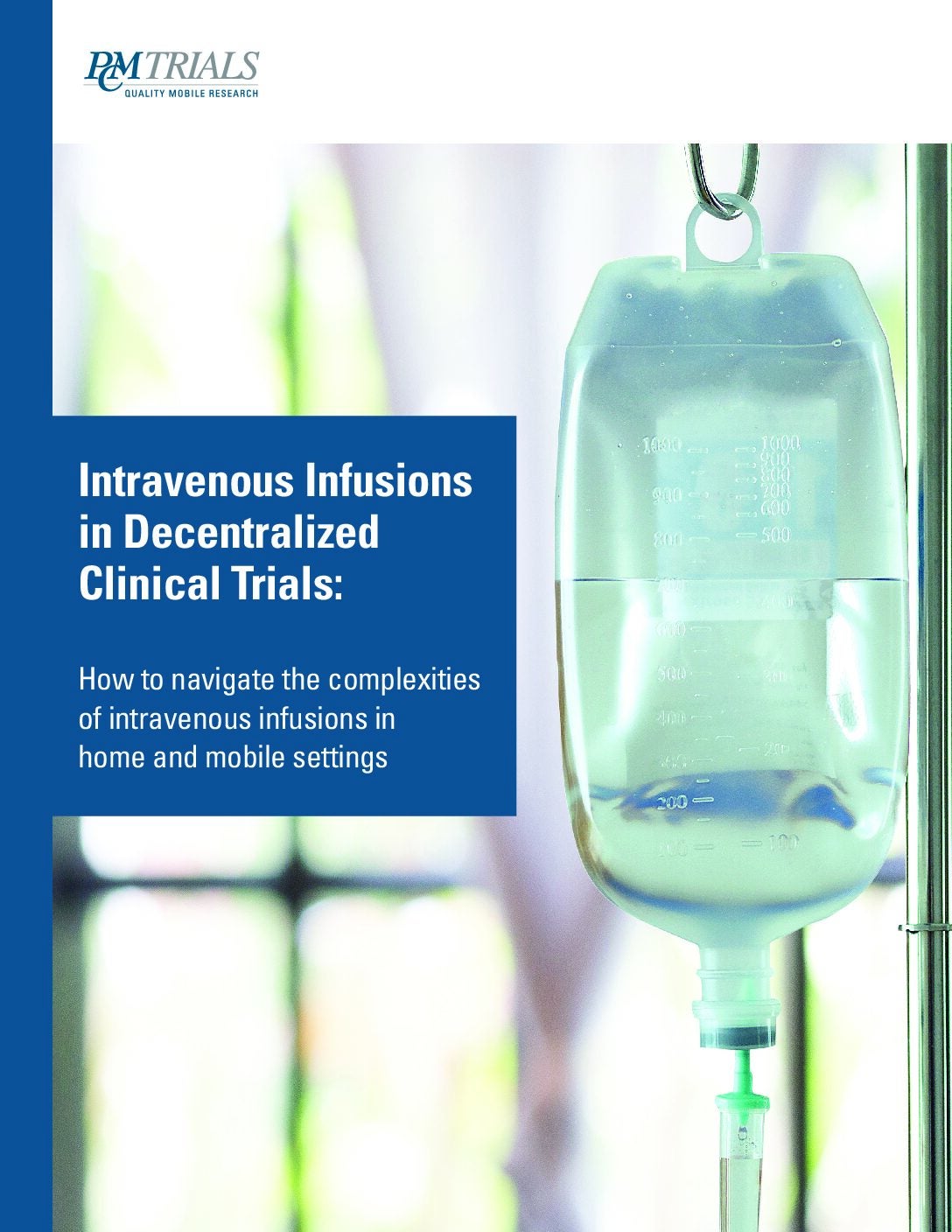
Insmed has completed the enrolment of over 1,700 adult patients for its ASPEN study of brensocatib to treat bronchiectasis.
Brensocatib has already secured breakthrough therapy designation from the US Food and Drug Administration (FDA) and the European Medicines Agency’s priority medicines (PRIME) designation, for use in bronchiectasis patients.
ASPEN is a global, randomised, double-blind, placebo-controlled Phase III trial.
It has been designed to study brensocatib’s efficacy, safety and tolerability to treat patients with non-cystic fibrosis bronchiectasis.
The trial includes patients within the age group of 12 to 85 years.
In the trial, the adult patients have been randomised into 1:1:1 ratio to receive 10mg, 25mg doses of brensocatib or placebo.
The drug will be administered once daily for 52 weeks, with a follow-up period of four weeks after the treatment.
The trial’s primary endpoint is the rate of pulmonary exacerbations during the treatment period of 52 weeks.
Insmed plans to provide topline data from adults in the trial by the second quarter of next year.
The firm is currently conducting the ASPEN study at over 460 sites in around 40 countries worldwide. The process of enrolling adolescent patients aged 12 to less than 18 years for the study is now going on.
Insmed chief medical officer Martina Flammer said: “ASPEN is the largest single Phase III study ever conducted in bronchiectasis, a serious pulmonary disease that today has no approved treatments.
“We believe the pace of enrolment and enthusiasm of the treating community reflect the significant need for a therapy specifically developed for this disease.”




